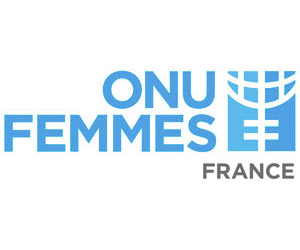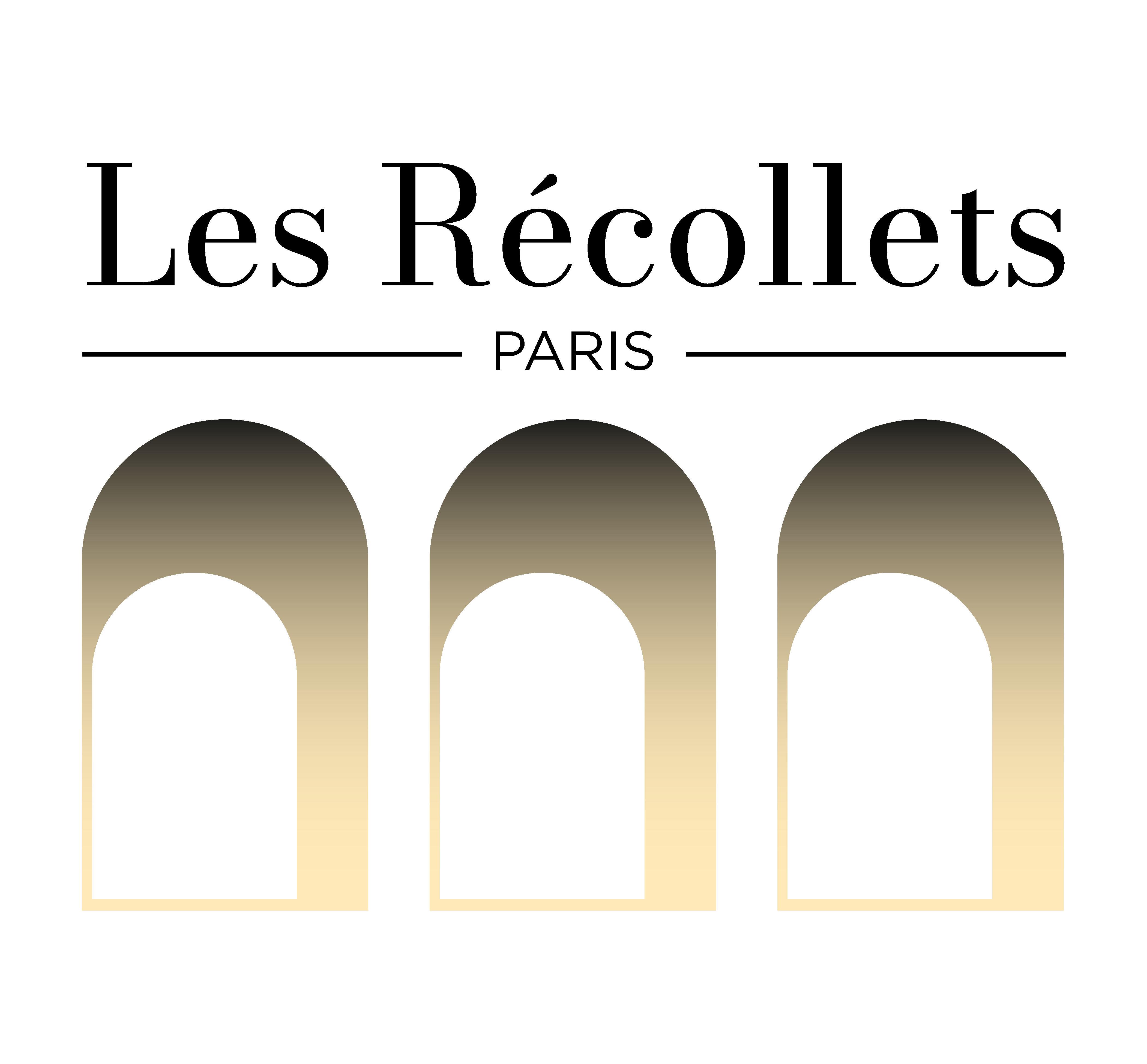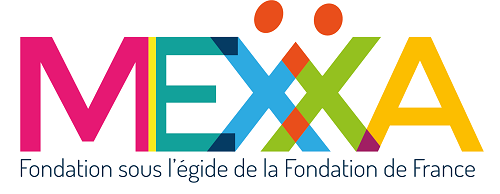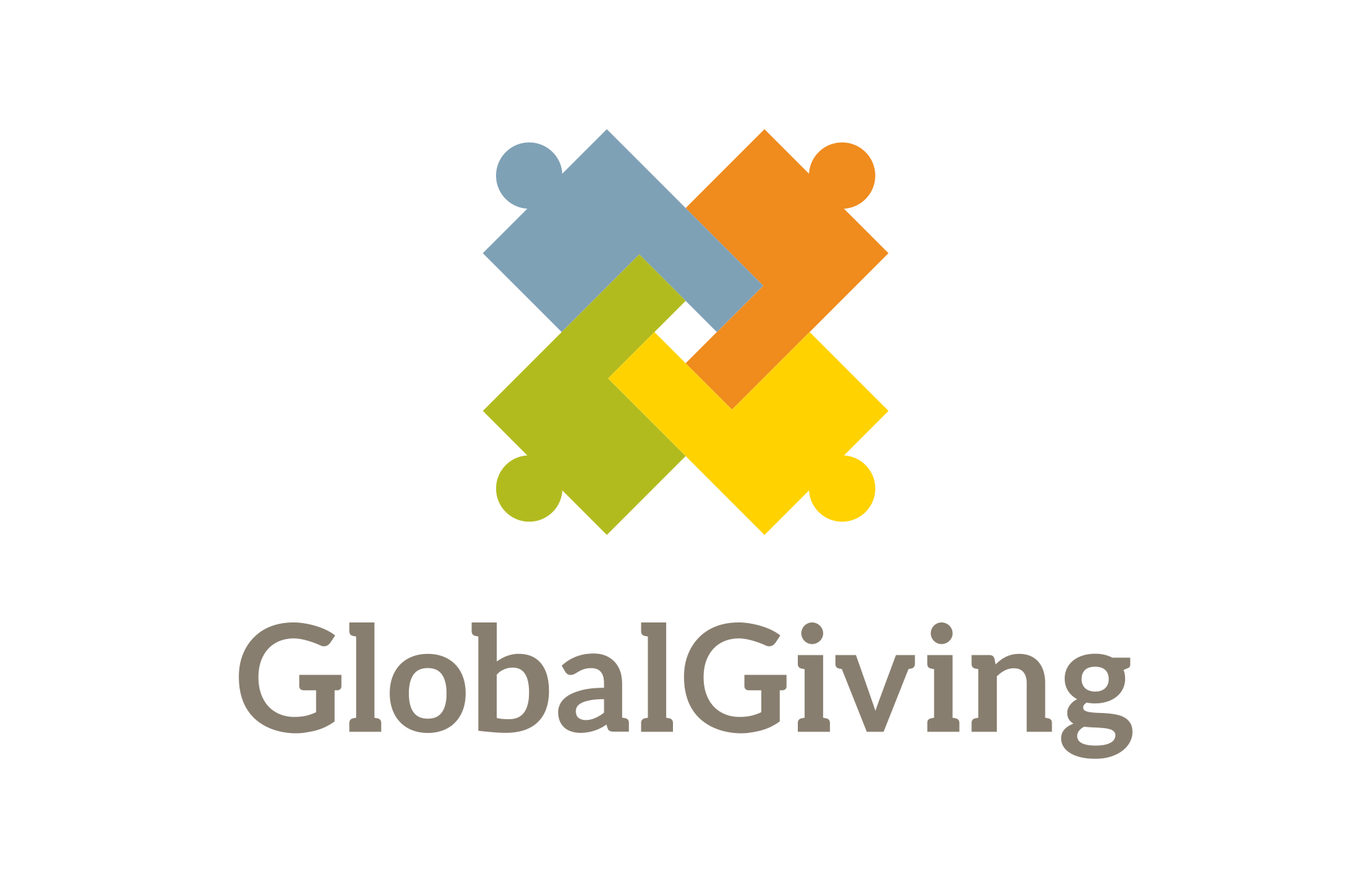Lee-Ann Olwage
South-Africa
Edition 2023 - Professional Laureate
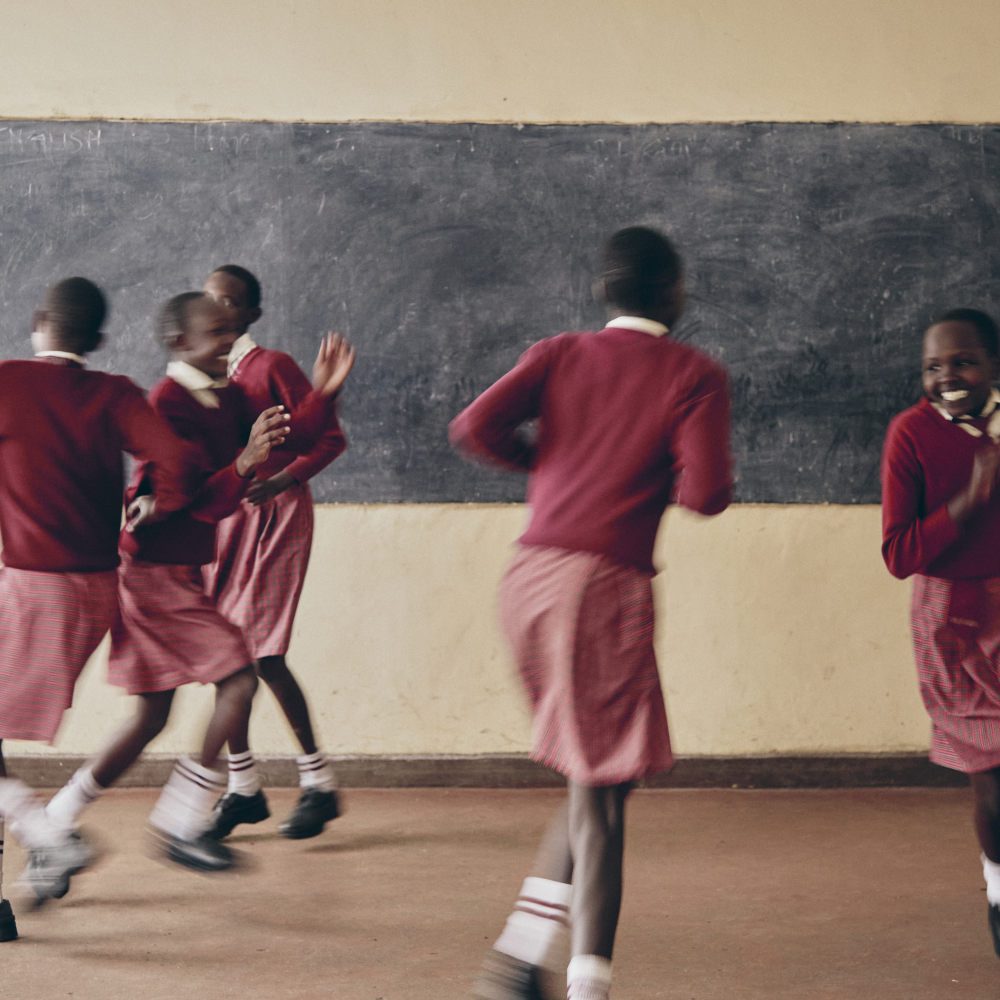
The Right to play
What do girls dream of? And what happens when a supportive environment is created where girls are empowered and given the opportunity to learn and dream? The Right To Play creates a playful world where girls are shown in an empowered and affirming way.
Worldwide, 129 million girls are out of school and only 49 percent of countries have achieved gender parity in primary education with the gap widening at secondary school level. From a young age, many girls are told what their future will look like. The expectation is: you grow up, you get a husband and you have children. And that’s your life.
Every day, girls face barriers to education caused by poverty, cultural norms and practices like FGM, poor infrastructure and violence. For this project, I’m working with school girls who avoided FGM and child marriage to show what the world could look like when girls are given the opportunity to continue learning in an environment that supports them and their dreams.
This project was created with the girls from Kakenya’s Dream, a nonprofit organization that leverages education to empower girls, end harmful traditional practices including female genital mutilation (FGM) and child marriage, and transform communities in rural Kenya. Their goal is to invest in girls from rural communities through educational, health, and leadership initiatives to create agents of change and to create a world where African women and girls are valued and respected as leaders and equal in every way.

Portrait of Alishers Paranai Sakasah (11 years), a student at Kakenya’s Dream school in Enoosaen, Kenya. Sakasah dreams of becoming a pilot one day.
The flowers are used to create a playful world where girls are shown exuding pride and joy and in this way the flowers are also used to reclaim their futures and dreams and to re-imagine the narrative of child marriage.
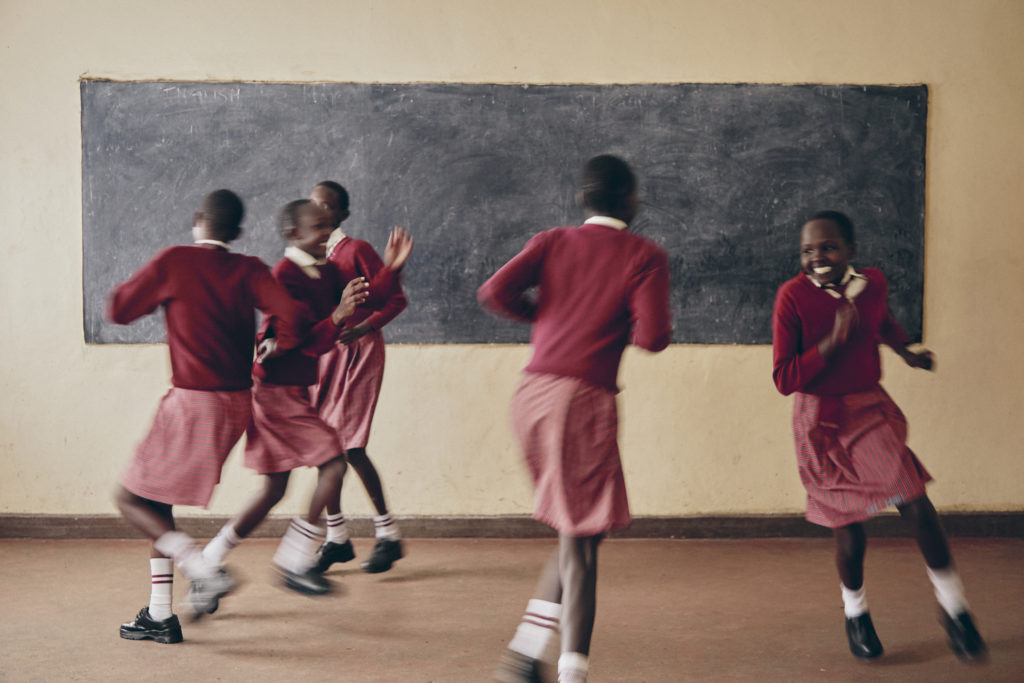
Portrait of girls attending Kakenya’s Dream school in Enoosaen, Kenya. The girls attending the school are having a positive impact on their community inspiring their peers and showing what is possible when girls are given the opportunity to finish their education.
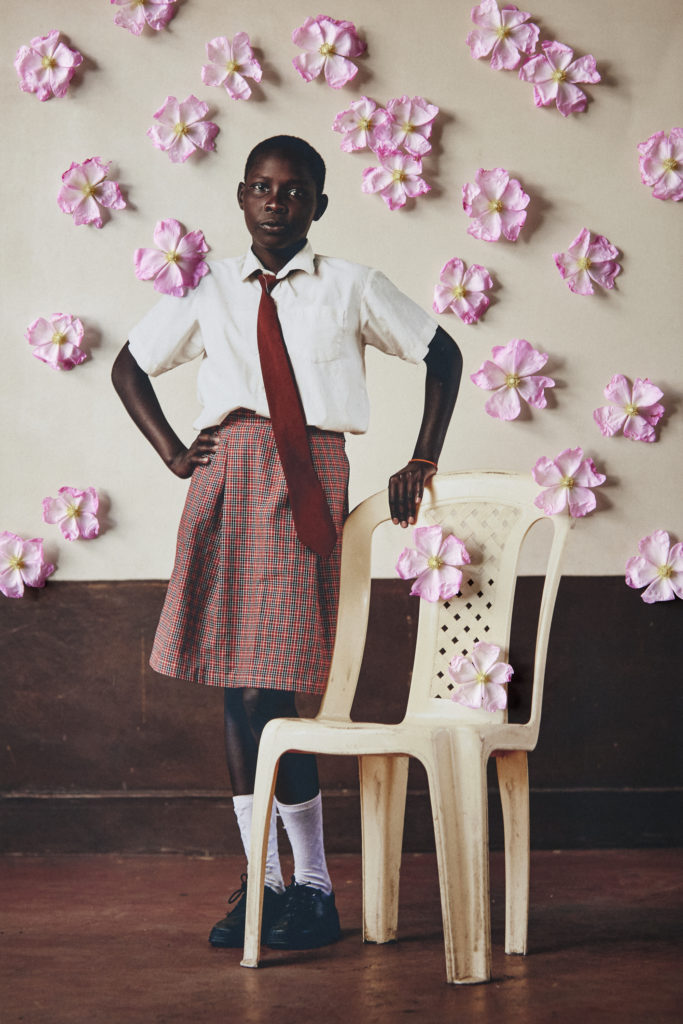
Portrait of Michealle Naeku (12 years), a student at Kakenya’s Dream school in Enoosaen, Kenya. Naeku is an avid reader and dreams of becoming a nurse one day.
The flowers are used to create a playful world where girls are shown exuding pride and joy and in this way the flowers are also used to reclaim their futures and dreams and to re-imagine the narrative of child marriage.
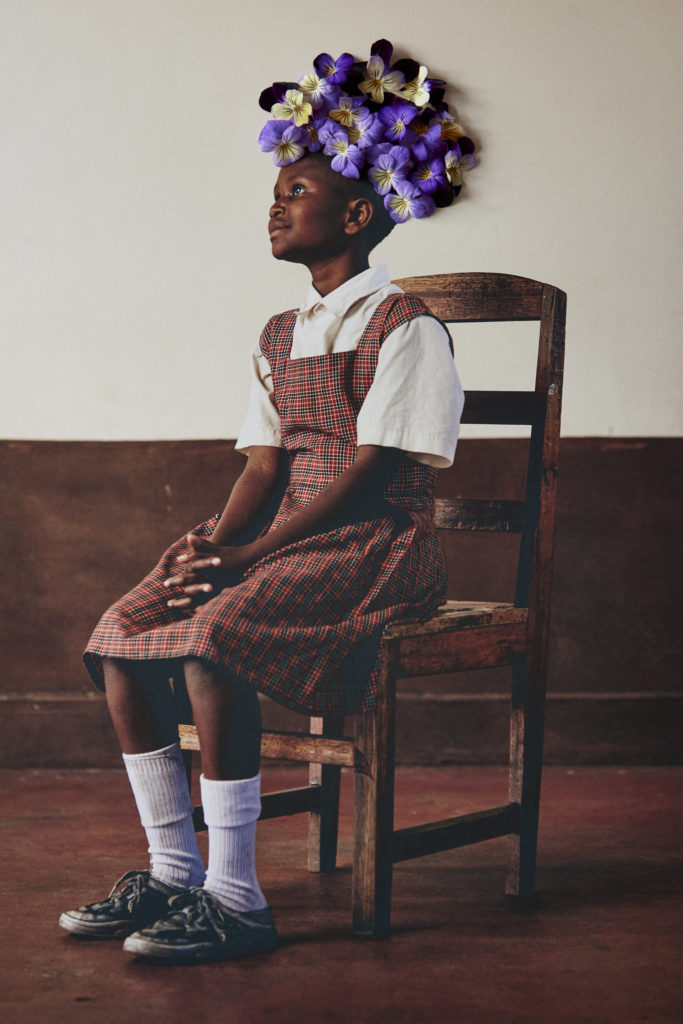
Portrait of Florence Wantiru Kenywa (11 years), a student at Kakenya’s Dream school in Enoosaen, Kenya.
The flowers are used to create a playful world where girls are shown exuding pride and joy and in this way the flowers are also used to reclaim their futures and dreams and to re-imagine the narrative of child marriage.

Portrait of Purity Ntetia Lopores (14 years), a student at Kakenya’s Dream school in Enoosaen, Kenya. « I love art and would love to pursue music in the future. » The flowers are used to create a playful world where girls are shown exuding pride and joy and in this way the flowers are also used to reclaim their futures and dreams and to re-imagine the narrative of child marriage.

School uniforms hang in a classroom at Kakenya’s Dream School in Enoosaen, Kenya as a symbol of the approximately 129 million girls that are out of school worldwide.
Florence Wantiru Kenywa
Enoosaen · Kenya · 2021
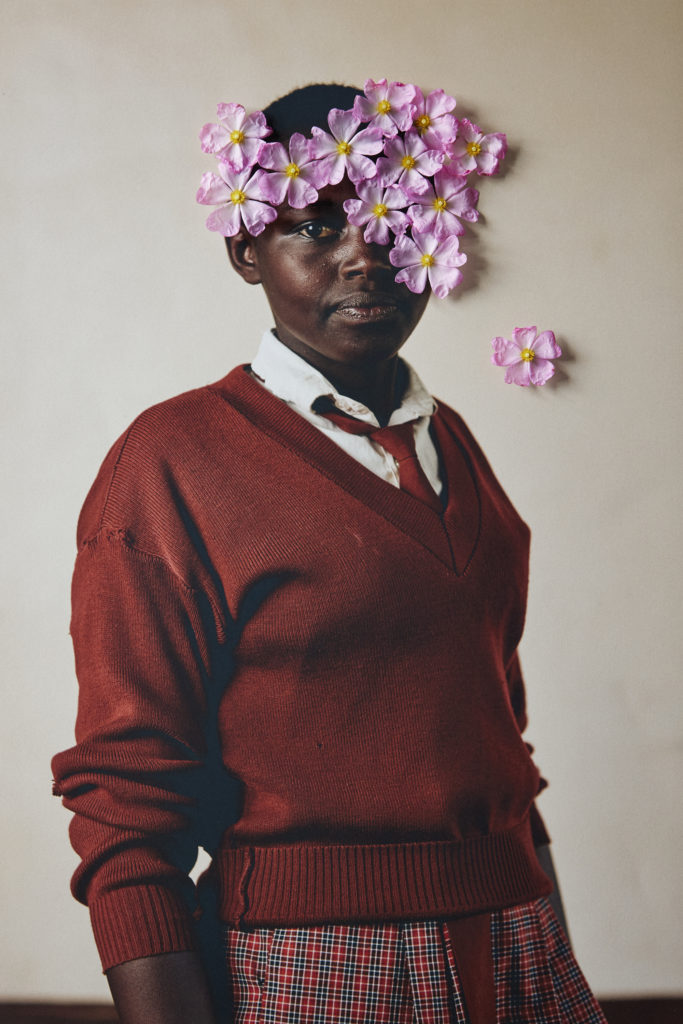
Portrait of Purity Ntetia Lopores (14 years), a student at Kakenya’s Dream school in Enoosaen, Kenya. « I love art and would love to pursue music in the future. »
The flowers are used to create a playful world where girls are shown exuding pride and joy and in this way the flowers are also used to reclaim their futures and dreams and to re-imagine the narrative of child marriage.
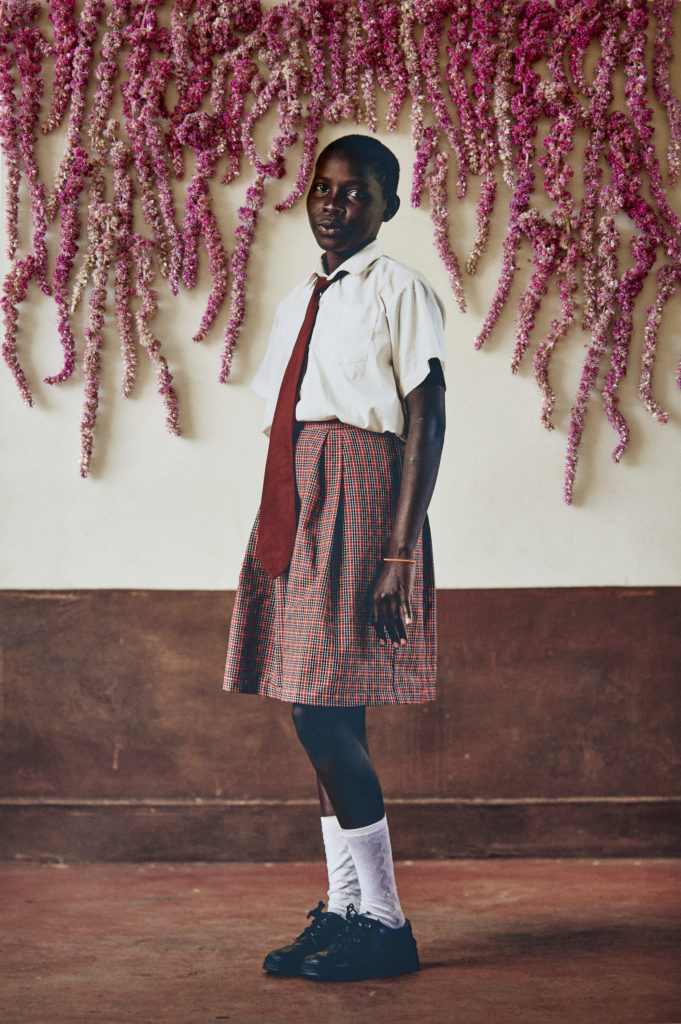
Portrait of Michealle Naeku (12 years), a student at Kakenya’s Dream school in Enoosaen, Kenya. Naeku is an avid reader and dreams of becoming a nurse one day.
The flowers are used to create a playful world where girls are shown exuding pride and joy and in this way the flowers are also used to reclaim their futures and dreams and to re-imagine the narrative of child marriage.

Girls at Kakenya’s Dream school in Enoosaen, Kenya run and play in the classroom. Many children in rural Kenya don’t get the opportunity to continue their education beyond primary school level and instead of playing and learning young girls get married or help their families by getting a job.
Alishers Paranai Sakasah
Enoosaen · Kenya · 2021
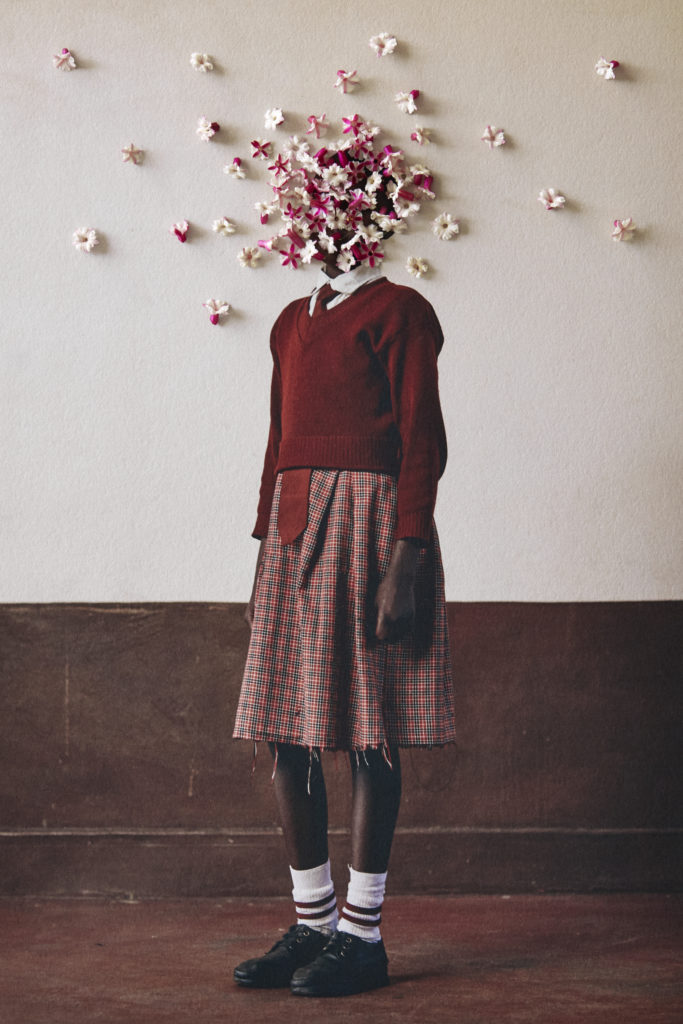
Portrait of Rahab Tumuka from the series The Right To Play. This project was created in collaboration with Kakenya’s Dream, a nonprofit organization that leverages education to empower girls, end harmful traditional practices including female genital mutilation (FGM) and child marriage, and transform communities in rural Kenya.
Lee-Ann Olwage is a visual storyteller from South Africa. Her work is all about identity, collaboration, and celebration. With her long-term projects, she aims to create a space where people she collaborates with can play an active part in the creation of images they feel tell their stories in a way that is affirming and celebratory. She is a member of Native, Women Photograph, and African Women in Photography.


